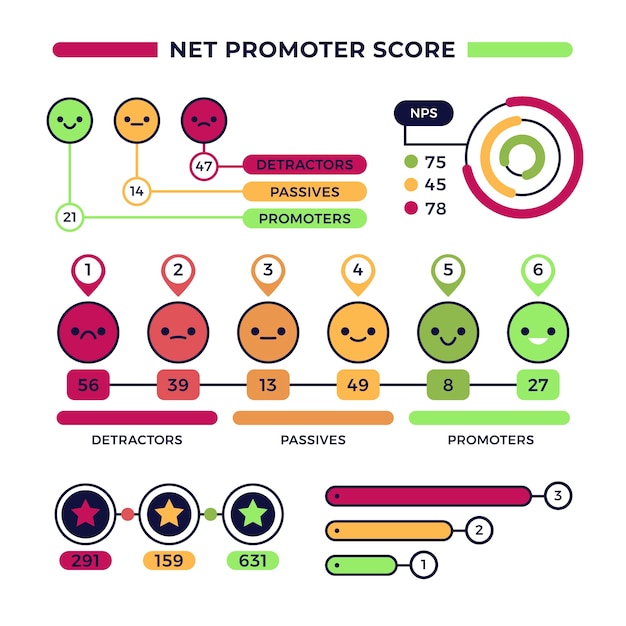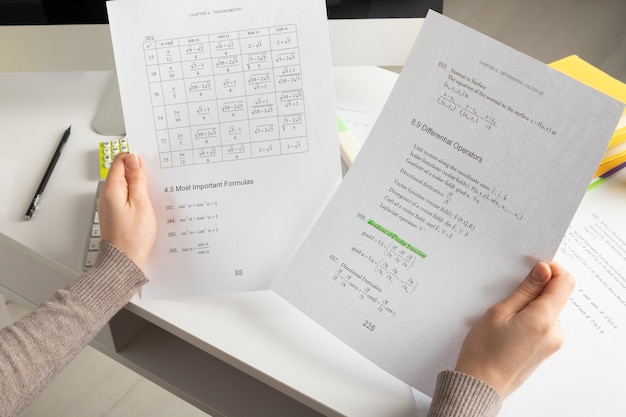Understanding Ellipsis in Sentences

In the English language, ellipsis refers to the omission of words or phrases from a sentence. This literary device allows writers to convey information concisely by leaving out unnecessary elements. Ellipsis can be used in various contexts, including dialogue, formal writing, and even everyday conversations. Understanding how to use ellipsis correctly is essential for effective communication and writing. In this article, we will explore the concept of ellipsis, its usage, and provide some practice exercises to reinforce your understanding.
Types of Ellipsis
Ellipsis can occur in different ways, depending on the purpose and structure of the sentence. Let’s take a look at the most common types of ellipsis:
1. Nominal Ellipsis
Nominal ellipsis involves omitting a noun or noun phrase from a sentence. This type of ellipsis is often used to avoid repetition or when the meaning is clear from the context. Here’s an example:
| Complete Sentence | Elliptical Sentence |
|---|---|
| John has two cats, and Mary has three cats. | John has two cats, and Mary has three. |
In the elliptical sentence, the noun “cats” is omitted because it is already understood from the previous clause.
2. Verb Ellipsis
Verb ellipsis involves leaving out a verb in a sentence, usually when it is repeated from a previous clause. This type of ellipsis is commonly used in conversations to avoid redundancy. Here’s an example:
| Complete Sentence | Elliptical Sentence |
|---|---|
| Sarah likes pizza, and John likes pizza too. | Sarah likes pizza, and John does too. |
In the elliptical sentence, the verb “likes” is omitted because it is already mentioned in the previous clause.
3. Adverbial Ellipsis
Adverbial ellipsis involves excluding an adverb or adverbial phrase from a sentence. This type of ellipsis is often used to create a more concise and fluid writing style. Here’s an example:
| Complete Sentence | Elliptical Sentence |
|---|---|
| She arrived early, and he arrived late. | She arrived early, and he, late. |
In the elliptical sentence, the adverbial phrase “arrived late” is shortened to “he, late” to maintain the flow of the sentence.
Practice Exercises
Now it’s time to test your understanding of ellipsis! Complete the following sentences by adding the appropriate ellipsis:
- Tom loves pizza, and Mary loves pizza ______.
- We went to the store, and she went to the store ______.
- I have a dog, and she has ______.
Answers
- Tom loves pizza, and Mary loves pizza too.
- We went to the store, and she went to the store as well.
- I have a dog, and she has one too.



